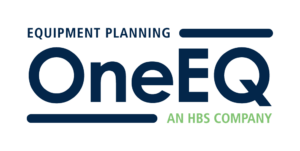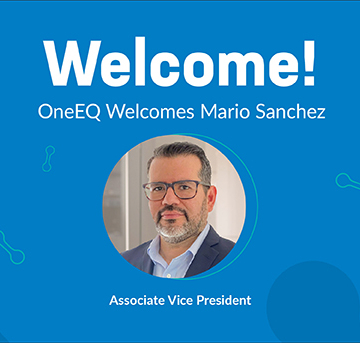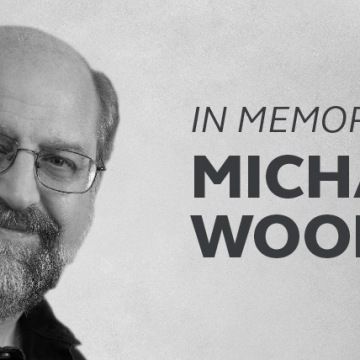International Nurses Day 2020
Celebrating International Nurses Day
An interview with OneEQ RNs Debbie Cameron and Jennifer Patel
International Nurses Day is celebrated every May 12 to mark the birthday of Florence Nightingale and raise awareness of the vital role nurses play around the world. In 1854 Nightingale arrived at the British army hospital on the front lines of the Crimean War. The conditions were appalling. Nightingale brought regular hand washing, adequate ventilation and general hygiene to the filthy battlefield hospital and became known as the founder of modern nursing.
Then as now, today’s nurses find themselves on the front lines of COVID-19. Given our current global pandemic, this year’s International Council of Nurses’ theme, “Nurses: A Voice to Lead—Nursing the World to Health,” could not be more apropos.
To honor International Nurses Day today, OneEQ spotlights two nurses on our team, Senior Vice President Debbie Cameron RN, CLGB and Associate Jennifer Patel RN, CLGB.
What drew you to nursing initially?
DC: I always wanted to be a nurse. From the time when I was a little girl. My plan was to become a flight nurse—a specially trained registered nurse who cares for patients while they are in transport to a medical facility. I graduated from the University of St. Thomas in 1979 and went to work as a critical care nurse under the famous trauma surgeon “Red” Duke at Memorial Hermann-Texas Medical Center, a Level I trauma center.
JP: I worked in labor and delivery right out of nursing school for about four years. I was ready for a change of pace but wasn’t quite sure what I wanted to do next.
How did you go from bedside nursing to medical equipment planning?
DC: The hospital had just hired a nurse from a company that built hospitals. He told me that his position, managing equipment and construction projects, was still open. I didn’t know anything about medical equipment planning, but he assured me that the firm would be more interested in my nursing experience, that they would teach me everything else. He set up an interview for me. All I owned were scrubs! I had to go out and buy a suit. It was a lunch interview, and I was hired on the spot. I made friends quickly and had a lot of help learning all about medical equipment and planning. I really enjoyed the work. I was able to interact with fellow nurses and clinical staff and found that my nursing experience was very useful in planning a hospital. I did also find out it was a different kind of stress and put life in perspective.
JP: My boyfriend at the time, now my husband, was an architect. I joined him at a company party and met someone who had been a nurse. He told me that there was a place for nurses in the field of design, and that nurses could help with medical planning and equipment. He suggested I turn in an application to OneEQ. When I was hired, in 2005, I still wasn’t sure if I it was going to be something I wanted to do, so I stayed on with the hospital, filling in shifts as needed. At six months, I realized I liked sitting in meetings with the architects, medical directors and nursing staff, talking through flow and planning the spaces and the equipment needed. I liked being part of that process.
Can you discuss your role at the firm now and how you use your nursing background?
DC: I am the senior vice president and practice leader for OneEQ, providing medical equipment and technology planning, procurement and analytics, logistics and turnkey deployment, capital planning, budgeting and inventory and specialized consulting. I have been with the company for 31 years and am fortunate to have had the opportunity to build a dedicated, multi-talented team.
It’s essential to understand the clinical side, to have real knowledge of the inner workings of a hospital when you are building one. The people I bring on have clinical experience. And I still interface directly with clients—many of whom are nurses and I still enjoy finding solutions to their challenges.
JP: I am responsible for medical equipment planning, talking through flow, determining how to lay out equipment, helping to design a space from a clinician’s perspective. As a nurse, I find myself interpreting what clinicians and architects are saying, so that they understand each other better and can design a better space. The terminology a clinician uses has a lot more meaning to me. And having a clinical background helps me ask the right questions. That’s actually my favorite part of the process.
Jennifer, do you have a favorite project?
JP: Texas Health Frisco was one of the first joint ventures between UT Southwestern and Texas Health Resources. We’ve worked separately with UT Southwest and THR, but this was the first time working with them together. We were very involved in the process from the very beginning. Building this new hospital brought together the best of both of their worlds.
Debbie, what are you most proud of?
DC: The strong relationships we have with our clients. Our intention is to make clients for life by providing the best in consulting and service. We have worked with some clients for more than 20 years and have built our business with repeat business and by building services to meet the needs of our clients.
The theme for 2020, chosen last year and long before our current global pandemic, yet eerily prescient, is “Nurses: A Voice to Lead—Nursing the World to Health.” Debbie, has the work that you do changed in the last few months since the rise of COVID-19?
DC: Our goal is to help our clients navigate through this difficult situation. Every day seems to provide different challenges for them. There is so much unknown about this virus. And as a result, so much uncertainty as to what will happen next. Where will it hit? How hard will it hit? The rules keep changing for everyone. We partner with our clients and are as proactive as possible to address current issues and help them move forward.
What would you say to nurses just starting out in their careers?
DC: Nurses just starting out and students considering nursing should be aware of the many, many things you can do with a nursing background. You can choose to work at a hospital or medical center. You can become a bedside nurse or go into healthcare administration. Or you can work for a private company like mine, that serves patients and the medical community.
JP: I would encourage them to always ask questions and never stop learning. Many of the skills that you learn in patient care can be applied in a wider range of settings than you would ever imagine. One great thing about nursing—all the different opportunities that are out there.
DC: I honestly believe, “once a nurse, always a nurse.” We have empathy and passion and the stamina to get the job done. I am grateful to the nurses on the front lines. It takes a special kind of person.
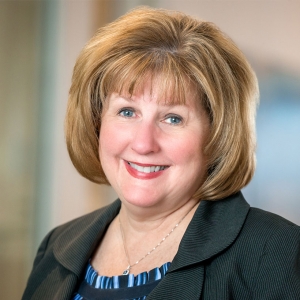
Debbie combines clinical experience with an operator’s perspective, giving her a practical budget-savvy knowledge base that only comes from decades of experience. More than anything Debbie gets stuff done. She’s also not afraid to bust heads, especially when heads need to be busted.
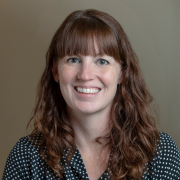
Jennifer is a registered nurse and well versed in all phases of project design. She oversees teams to develop projects from schematic design through installation. Her attention to detail is paramount in ensuring quality documentation and medical equipment coordination while acting as a liaison between clients, architects, contractors, and vendors.
